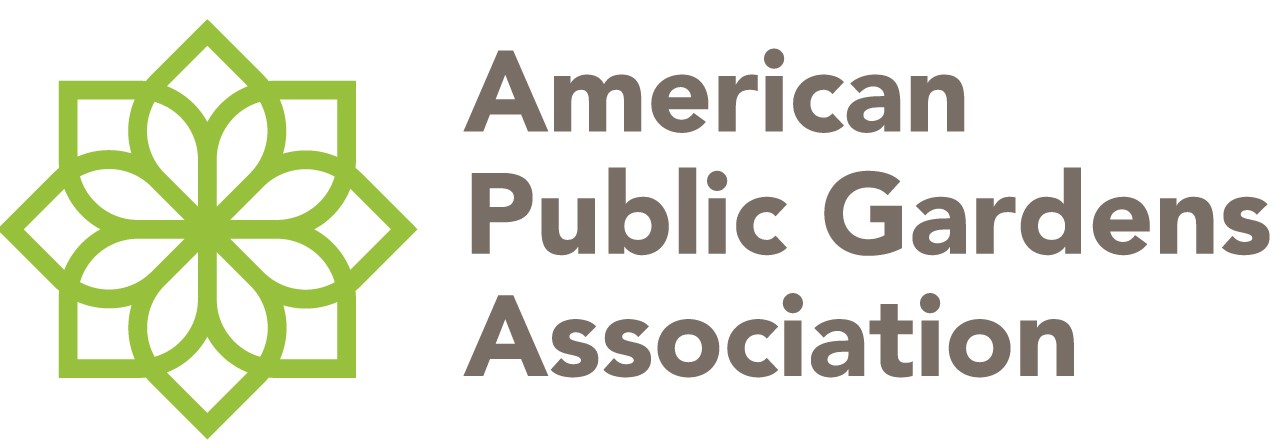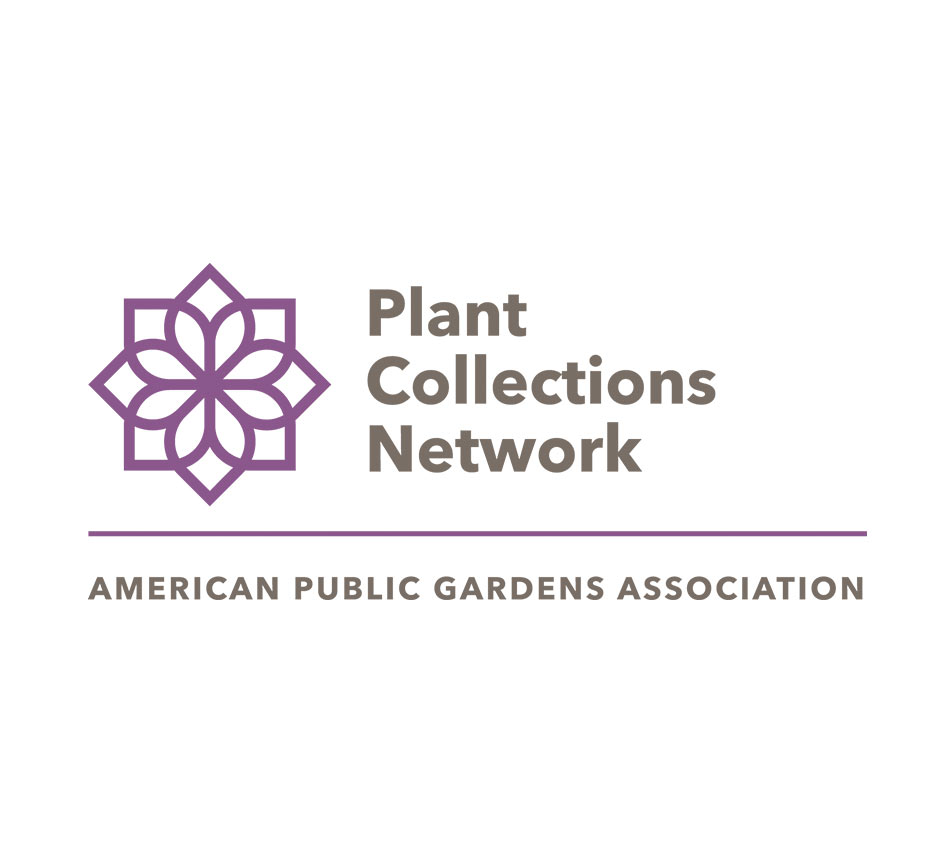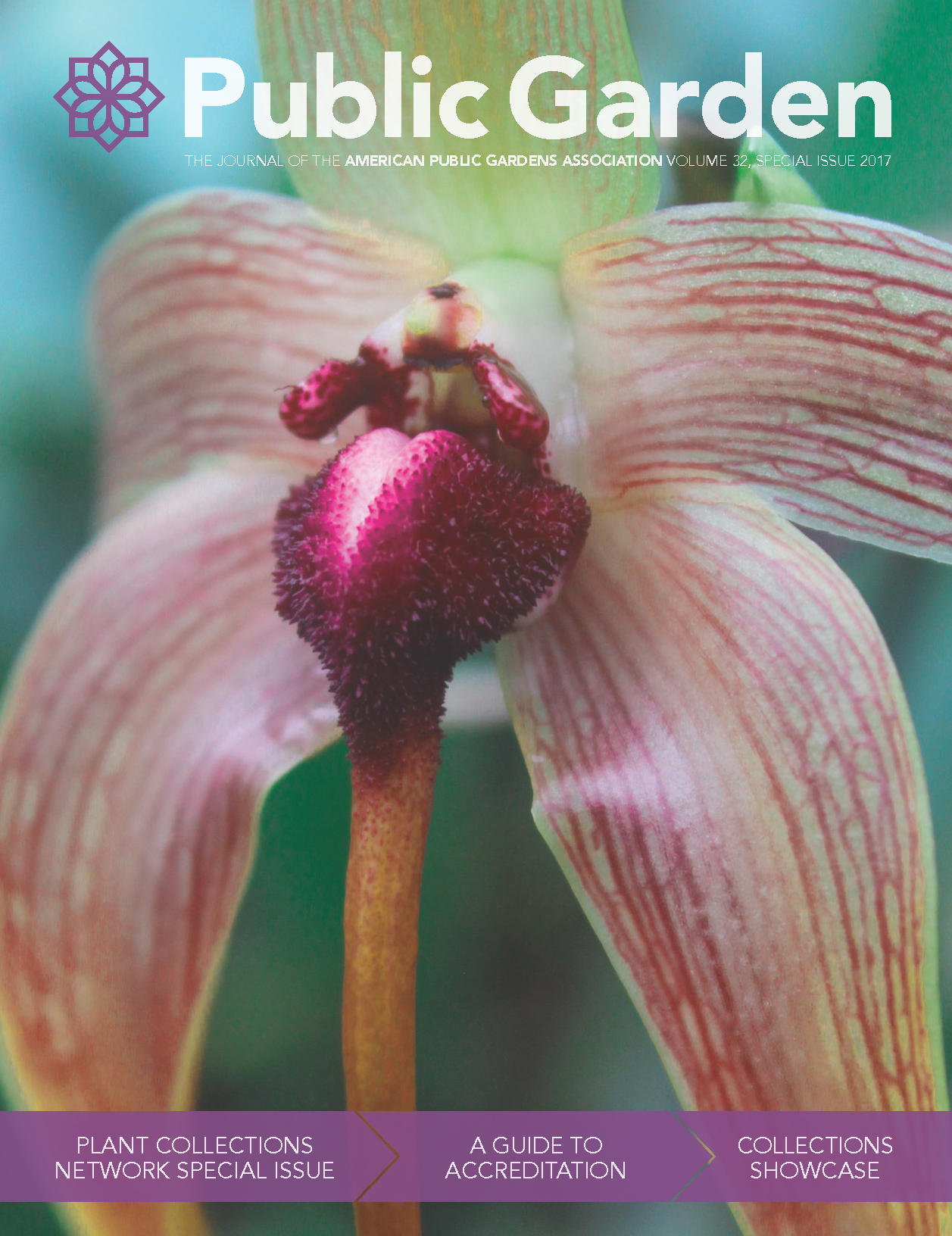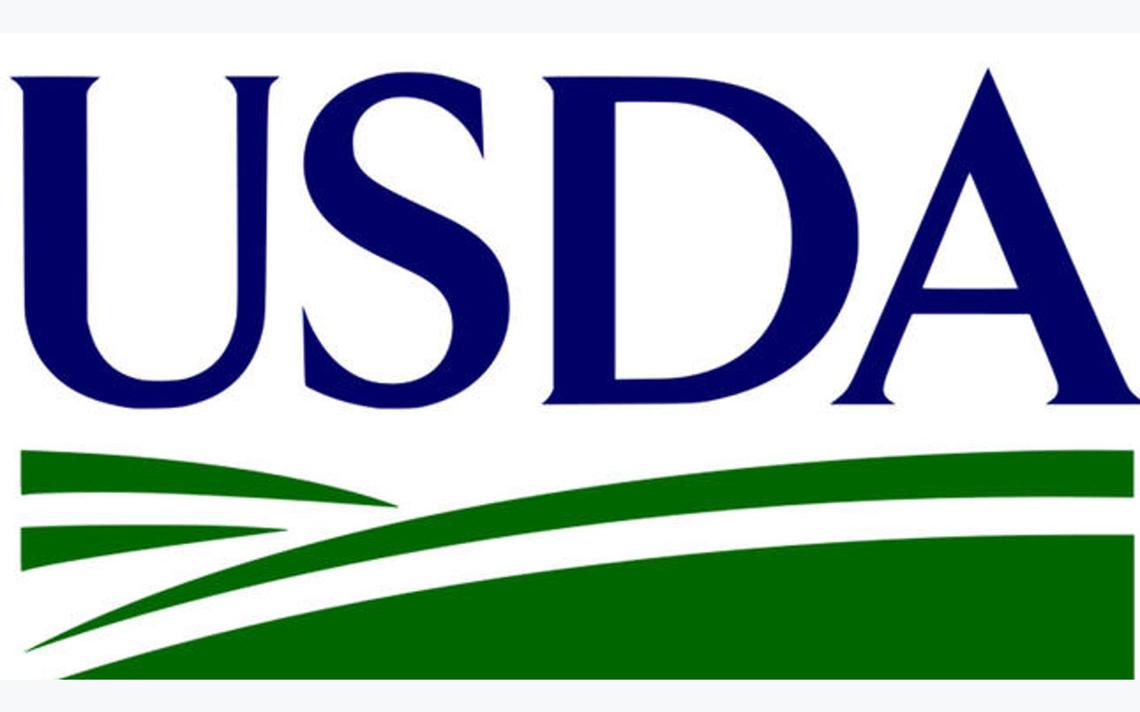COLLABORATIVE PRESERVATION & EXCELLENCE IN PLANT COLLECTIONS MANAGEMENT
Plant Collections Network coordinates a continent-wide approach to plant germplasm preservation, and promotes excellence in plant collections management.
American Public Gardens Association has partnered with the USDA–Agricultural Research Service since 1995 to develop Plant Collections Network. Its first collections were accredited in 1996.
For more information contact Senior Program Manager, Collections, Conservation, & Disaster Readiness: Pam Allenstein, phone: 610.708.3015
benefits of participation

Holding a Nationally Accredited Plant Collection™ is added recognition of your institution’s long-term commitment to plant collections preservation, and to achieving a high standard of excellence in plant collections management.
Participating institutions maximize the potential value of their collections by making efficient use of available resources through a coordinated continent-wide approach, and strengthening their own collections through collaboration with others.
Preparing for the written application and peer site review focuses attention on your plant collections, can help drive strategic planning, and provide a measurable goal for staff.
Specialized professional development opportunities and curatorial networking groups keep participants apprised of latest developments.
Institutions stewarding a Nationally Accredited Plant Collection™ have opportunities to take part in grant-funded projects available through their collaborative activities.
Participation is highlighted through features in American Public Gardens publications, conferences, and website.
resources
Learn everything you need to know about applying for accreditation, collection planning, measuring progress and the plant collections toolbox.

Accredited plant Collections showcase
Browse these Nationally Accredited Plant Collections™. Search by collection name or institution.
Collections showcase
Institution
FAQS
See our Frequently Asked Questions regarding the Plant Collections Network program and the value of seeking accreditation for your garden.
All American Public Gardens Association Members are invited to submit applications for any number of their collections. Individual collectors, breeders, and plant societies may participate through an American Public Gardens Association Member.
- Long-term institutional commitment to collect, document, grow, and maintain living plants of a defined plant collection and conserve this germplasm
- Governing body’s support, including provision for adequate and sustained resources for collection
- Living collections policy
- Designated curator for the Nationally Accredited Plant Collection
- Collections maintained according to professional standards
- Reasonable access to collections for research, evaluation, and introduction
- Back-up replicates and long-term germplasm storage desirable to ensure preservation
- Regular collections updates and periodic on site evaluations
- Quality of existing candidate collection
- Current holdings represent at least 50% of its stated collection scope
- Potential for further development of collection
- Location and environmental conditions favorable to collection
- Commitment to excellence in professional collections management
- Up-to-date plant records
- Staff expertise with designated plant group
- Likelihood for long term stability and support for collection
- Any unique, enabling characteristics of collections holder
Woody and herbaceous ornamentals, native or exotic, are eligible. Collections can be defined on the basis of a taxonomic level such as family, genus, or section, depending on the size of the designated plant group and institutional capacity. Other collections may be defined by a floristic or geographic region.
Documented wild origin plants, sampled from throughout the natural range and genetic variability of the species, have the broadest utility for conservation-focused Nationally Accredited Plant Collections™. Others focus on preserving horticultural cultivars, maintaining true-to-name clones.
High priority taxa may be identified and target institutions encouraged to consider participation in this program. Priorities for conservation include genetic variability for crop improvement (disease/pest resistance, adaptability, phenological variability, yield); plants from difficult or restricted access locations; rare and endangered in the wild; and historical/period cultivars.
Participating institutions commit to holding and developing a collection(s) of documented living plants according to professional standards of collections management. This commitment involves replication of taxa within an institution and complementary replication of taxa among different institutions to ensure germplasm preservation. Plant Collections Network™ participants can also serve as centers of information about taxonomy, horticulture, conservation, exploration, and research efforts. They compare holdings with other institutions to identify duplications and gaps. This continent-wide approach makes efficient use of available resources, strengthening collections through combined collaborative activities. Nationally Accredited Plant Collection holders make germplasm available for selection and breeding, taxonomic study evaluation, utilization, and other research purposes. Nationally Accredited Plant Collections™ may serve as reference collections for plant identification and cultivar registration.
It is a program of the American Public Gardens Association in cooperation with the USDA Agricultural Research Service. The Plant Collections Network Manager administers the program and is advised by an American Public Gardens Association board-level committee. Program participants and other curatorial experts assist prospective applicants. Peer site reviewers lend their expertise during the application process. Specialized curatorial groups focus attention on targeted plant genera represented by multiple institutions.







